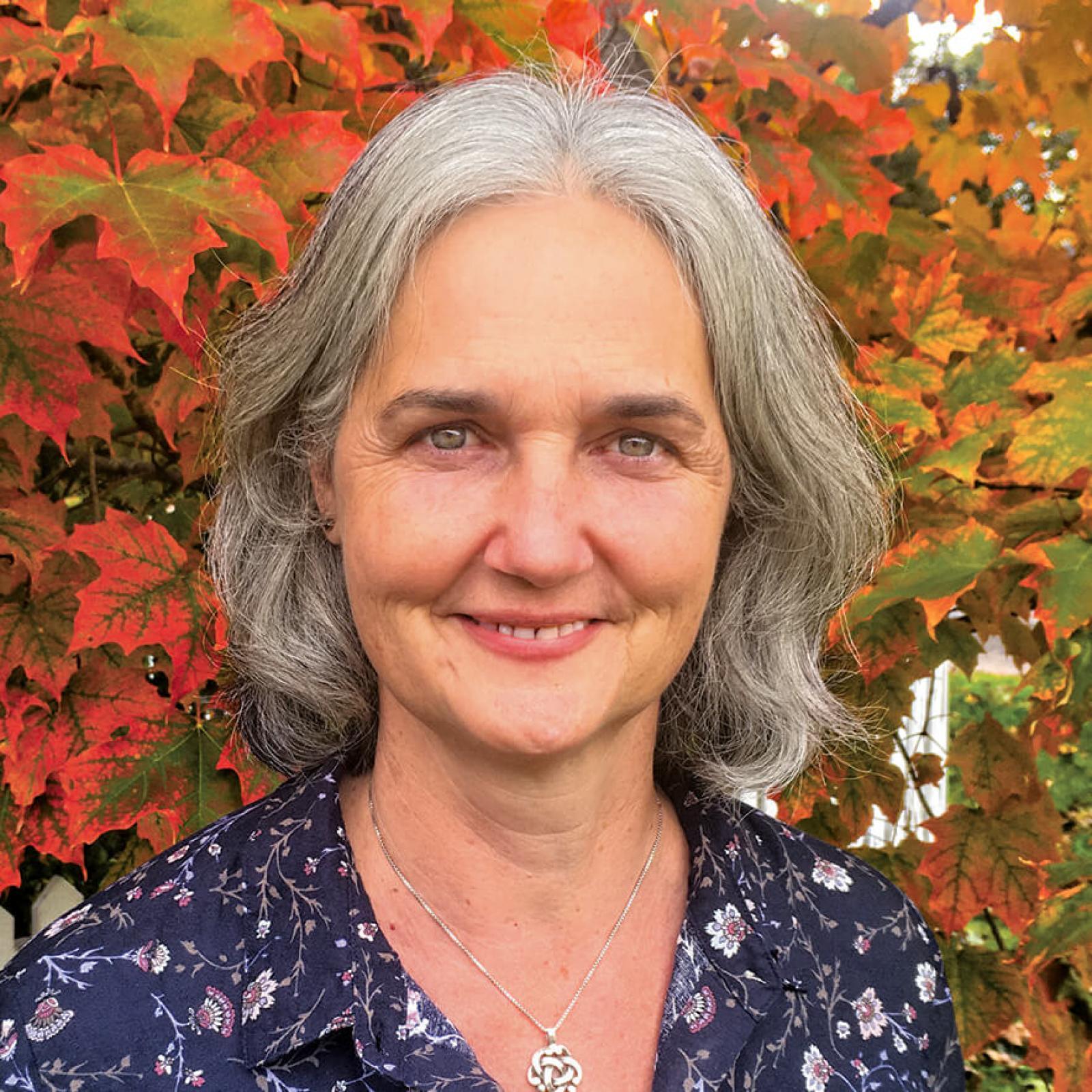October 5, 2020
Michelle Chambers loves teaching teenagers

Michelle Chambers
What prompted you to want to teach others? How did you get started?
I had been working in a greenhouse in Peterborough and they approached the owner to say they needed someone to teach horticulture at the high school. I had been teaching turf management for the Apprenticeship Program up in Haliburton and thought, ‘wow, I would love that job.’ I love plants, and I like teenagers, so it sounded absolutely wonderful. At the time, I wasn’t a teacher, so I went through the training.How did you get involved with the educator associations?
I met Terry Murphy (from Landscape Ontario) staffing a display and said we needed to connect. Wendy Peters had started the process of connecting up the teachers with Terry and I think I became the secretary.How does your involvement with these groups help you and your students?
Connecting with other teachers is so helpful because you get great ideas. It provides you with support. Another colleague will help you or just give you an idea on some good projects to work around a different theme or idea. To have another organization where I can throw out ideas and collect lesson plans from other teachers, it keeps you relevant and pushes you to keep learning — that’s something you always have to do in this field. If there’s one life lesson I’ve learned, it’s don’t do this alone. Don’t teach in a bubble. You’re always stronger when you are together.What do your students gain by visiting Congress or Canada Blooms?
It certainly opens their eyes to how big the industry is. I don’t think they realize how diverse it is until they walk through the doors — everything from sellers of peat moss to heavy equipment to different kinds of designs, including landscape and floral designs.As an educator, what is your proudest or most memorable achievement?
I’ve had a lot of them. I do lots of fun things. We have a greenhouse that we take out of production which makes for a big open space. The kids then design a mini-putt with a beginning, a middle and an end. We have a lot of landscape bricks, water gardens, and artificial turf, and at the end, they can play mini-putt, so there’s that sense of accomplishment.What is one life lesson you try to teach others, so they can avoid making your same mistake?
Always check for wasps is a good one. Teenagers don’t know if they are allergic to wasps until they’ve got stung. Teenagers are wonderful. They are inquisitive. But you always need to be aware of the environment. You’re dealing with the environment that has variables that you can not control and you have to teach them how to be aware of that.What is the best part about teaching?
I think it’s that awe moment when the kids fall for what we are doing. Whether it’s growing plants or planting a tree, you can see it happen. You can see them get hooked. And that’s pretty cool.What is the hardest part about being an educator?
You are always on. Teenagers are new to all the skills. They are new to safety and the terminology and you have to balance all of that. You can’t be too wordy and you’re constantly thinking ahead. You have to make sure it’s all ready and in a language that they understand what you are talking about.Do you know an inspiring educator? Email your suggestion.